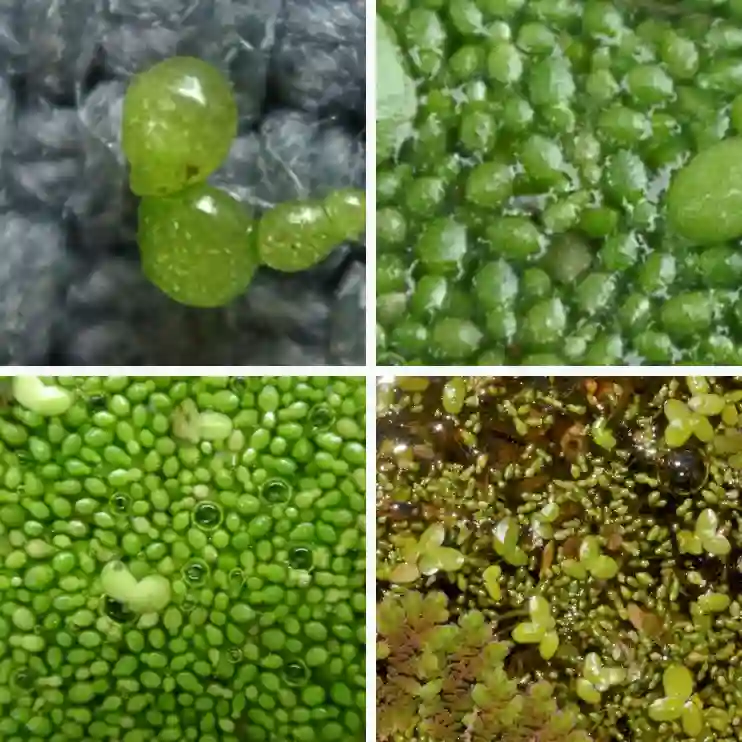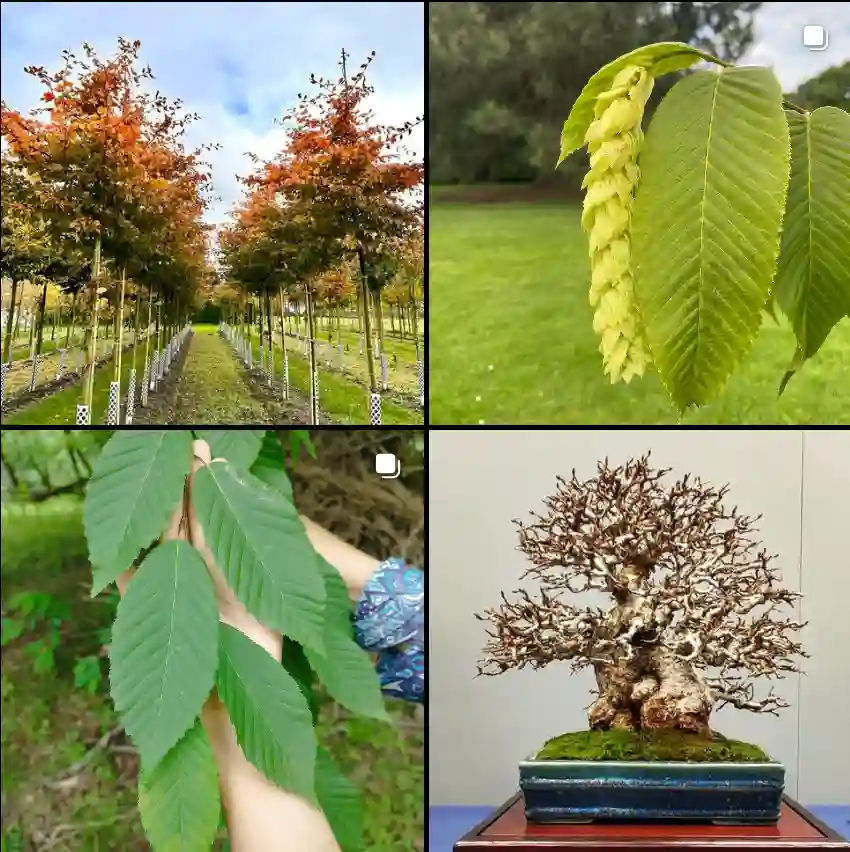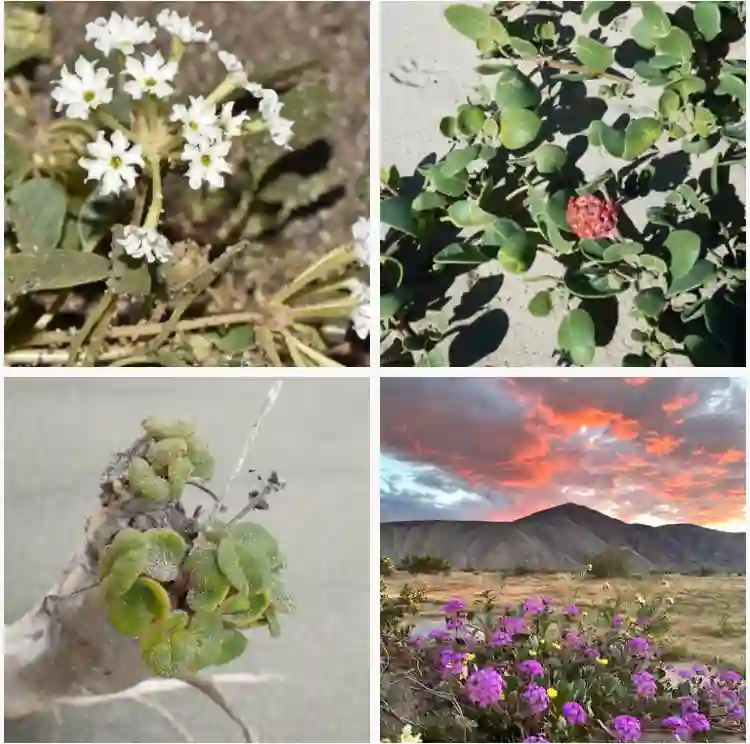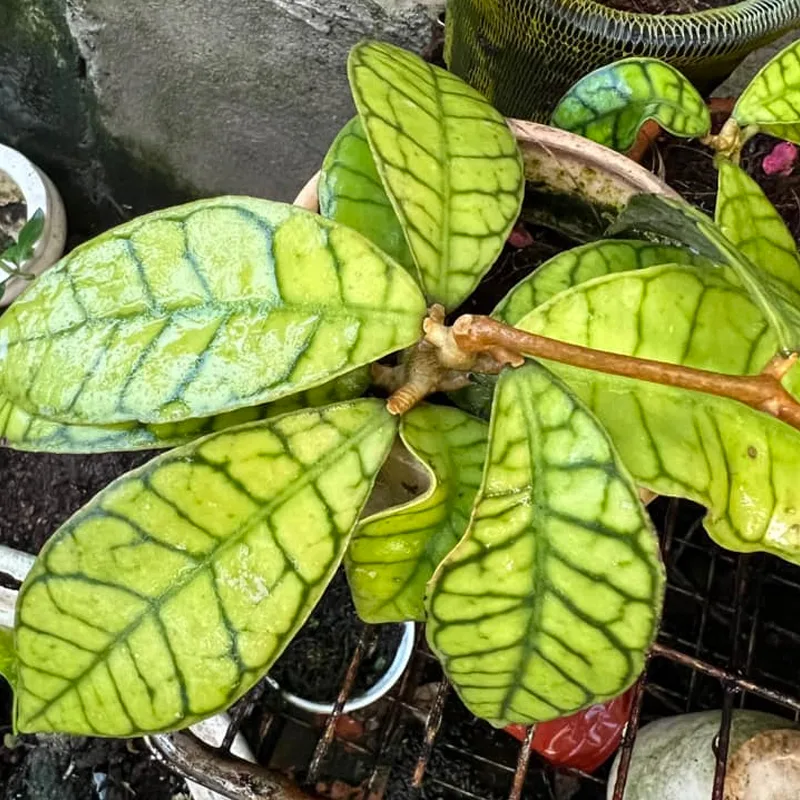Mucuna: A Fascinating Genus of Climbing Plants
I’ve always been drawn to the diversity and ingenuity of the plant kingdom. From towering redwoods to delicate orchids, there’s a seemingly endless array of forms and adaptations to discover. Lately, I’ve become fascinated by a particular genus of climbing plants called Mucuna. These vigorous vines, with their striking flowers and intriguing seed pods, have captured my imagination. Let me share what I’ve learned about this fascinating group of plants.
What is Mucuna?
Mucuna is a genus of more 100 accepted species of climbing vines and shrubs belonging to the legume family, Fabaceae. They are primarily found in tropical and subtropical forests around the world. These plants are known for their rapid growth, often reaching impressive lengths as they climb towards the sunlight. Many species have beautiful, showy flowers that range in color from deep purple and crimson to vibrant yellow and orange. But perhaps the most distinctive feature of Mucuna is its seed pods, which are often covered in irritating hairs.
A Diverse Group
The genus Mucuna boasts a wide variety of species, each with its own unique characteristics. Here are:
- Mucuna acuminata Graham ex Baker
- Mucuna aimun Wiriad.
- Mucuna analuciana T.M.Moura, Mansano & A.M.G.Azevedo
- Mucuna angustifolia Adema
- Mucuna argentea T.M.Moura, G.P.Lewis & A.M.G.Azevedo
- Mucuna argyrophylla Standl.
- Mucuna atropurpurea (Roxb.) DC. ex Wight
- Mucuna aurea C.B.Rob.
- Mucuna bennettii F.Muell.
- Mucuna biplicata Teijsm. & Binn. ex Kurz
- Mucuna birdwoodiana Tutcher
- Mucuna bodinieri H.Lév.
- Mucuna brachycarpa Rech.
- Mucuna bracteata DC. ex Kurz
- Mucuna cajamarca T.M.Moura, G.P.Lewis & A.M.G.Azevedo
- Mucuna calophylla W.W.Sm.
- Mucuna canaliculata Verdc.
- Mucuna championii Benth.
- Mucuna chiapaneca M.Sousa & T.M.Moura
- Mucuna coriacea Baker
- Mucuna cuatrecasasii Hern.Cam. & C.Barbosa ex L.K.Ruíz
- Mucuna curranii Elmer
- Mucuna cyclocarpa F.P.Metcalf
- Mucuna diabolica Backer
- Mucuna diplax Wilmot-Dear
- Mucuna discolor Merr. & L.M.Perry
- Mucuna ecuatoriana T.M.Moura, G.P.Lewis, Mansano & A.M.G.Azevedo
- Mucuna elliptica DC.
- Mucuna elmeri Merr.
- Mucuna eurylamellata Adema
- Mucuna ferox Verdc.
- Mucuna flagellipes Vogel ex Hook.f.
- Mucuna gigantea (Willd.) DC.
- Mucuna glabra (Reinecke) Wilmot-Dear
- Mucuna glabrialata (Hauman) Verdc.
- Mucuna globulifera T.M.Moura, N.Zamora & A.M.G.Azevedo
- Mucuna gracilipes Craib
- Mucuna guangxiensis K.W.Jiang & Y.Feng Huang
- Mucuna hainanensis Hayata
- Mucuna havilandii Wiriad.
- Mucuna hirtipetala Wilmot-Dear & R.Sha
- Mucuna holtonii (Kuntze) Moldenke
- Mucuna hooglandii Verdc.
- Mucuna humblotii Drake
- Mucuna imbricata (Roxb. ex Lindl.) DC. ex Loudon
- Mucuna incurvata Wilmot-Dear & R.Sha
- Mucuna interrupta Gagnep.
- Mucuna jarocha T.M.Moura, Mansano, Gereau & A.M.G.Azevedo
- Mucuna kabaenensis Adema
- Mucuna kawakabuti Wiriad.
- Mucuna keyensis Burck
- Mucuna killipiana Hern.Cam. & C.Barbosa
- Mucuna klitgaardiae T.M.Moura, G.P.Lewis & A.M.G.Azevedo
- Mucuna kostermansii Wiriad.
- Mucuna lamellata Wilmot-Dear
- Mucuna lamii Verdc.
- Mucuna laticifera Ingalh., N.V.Page & S.S.Gaikwad
- Mucuna longipedunculata Merr.
- Mucuna macrobotrys Hance
- Mucuna macrocarpa Wall.
- Mucuna macrophylla Miq.
- Mucuna macropoda Baker f.
- Mucuna manongarivensis Du Puy & Labat
- Mucuna melanocarpa Hochst. ex A.Rich.
- Mucuna membranacea Hayata
- Mucuna mindorensis Merr.
- Mucuna mitis (Ruiz & Pav.) DC.
- Mucuna mollis (Kunth) DC.
- Mucuna mollissima Teijsm. & Binn. ex Kurz
- Mucuna monosperma Roxb. ex Wight
- Mucuna monticola N.Zamora, T.M.Moura & A.M.G.Azevedo
- Mucuna mooneyi T.M.Moura, Gereau & G.P.Lewis
- Mucuna mutisiana (Kunth) DC.
- Mucuna neocaledonica Baker f.
- Mucuna novoguineensis Scheff.
- Mucuna occidentalis (Hepper) T.M.Moura & G.P.Lewis
- Mucuna oligoplax Niyomdham & Wilmot-Dear
- Mucuna pachycarpa Parreno ex Wilmot-Dear
- Mucuna pacifica Hosok.
- Mucuna pallida Cordem.
- Mucuna paniculata Baker
- Mucuna papuana Adema
- Mucuna persericea (Wilmot-Dear) T.M.Moura & A.M.G.Azevedo
- Mucuna pesa De Wild.
- Mucuna platyphylla A.Gray
- Mucuna platyplekta Quisumb. & Merr.
- Mucuna poggei Taub.
- Mucuna pruriens (L.) DC.
- Mucuna pseudoelliptica T.M.Moura, G.P.Lewis & A.M.G.Azevedo
- Mucuna pungens (Vell.) H.F.Menezes & J.F.B.Pastore
- Mucuna reptans Verdc.
- Mucuna reticulata Burck
- Mucuna revoluta Wilmot-Dear
- Mucuna rostrata Benth.
- Mucuna sakapipei Wiriad.
- Mucuna samarensis Merr.
- Mucuna sanjappae Aitawade & S.R.Yadav
- Mucuna schlechteri Harms
- Mucuna sempervirens Hemsl.
- Mucuna sericophylla Perkins
- Mucuna sloanei Fawc. & Rendle
- Mucuna stanleyi C.T.White
- Mucuna stans Welw. ex Baker
- Mucuna stenoplax Wilmot-Dear
- Mucuna subumbellata Wilmot-Dear
- Mucuna sumbawaensis Wiriad.
- Mucuna tapantiana N.Zamora & T.M.Moura
- Mucuna thailandica Niyomdham & Wilmot-Dear
- Mucuna tomentosa K.Schum.
- Mucuna toppingii Merr.
- Mucuna urens (L.) Medik.
- Mucuna verdcourtii Wiriad.
- Mucuna warburgii K.Schum. & Lauterb.
Ecological Importance
Mucuna species play important roles in their ecosystems. Their vigorous growth helps to create habitat complexity in forests, providing shelter and food for a variety of animals. The flowers are attractive to pollinators such as bees and birds, while the seeds are dispersed by a variety of animals, including monkeys and birds. Some species, like Mucuna pruriens, are also nitrogen fixers, meaning they can convert atmospheric nitrogen into a form that plants can use. This makes them valuable components of agricultural systems.
Human Uses
Mucuna plants have a long history of use by humans. Some species, like Mucuna pruriens, are used in traditional medicine to treat a variety of ailments. The seeds of some species are edible and can be roasted or ground into flour. The itchy hairs on the seed pods of some species have even been used as a natural insecticide.
Challenges and Conservation
Despite their importance, some Mucuna species are facing threats due to habitat loss and overexploitation. Conservation efforts are needed to ensure the survival of these fascinating plants. This includes protecting their natural habitats, promoting sustainable harvesting practices, and raising awareness about their importance.
Looking Ahead
As I continue to learn more about Mucuna, I’m struck by the intricate connections between these plants and their environment. They are a testament to the ingenuity of nature and the vital role that plants play in our world. I believe that further research into this fascinating genus will reveal even more about its ecological importance and potential uses.
If i die, water my plants!



